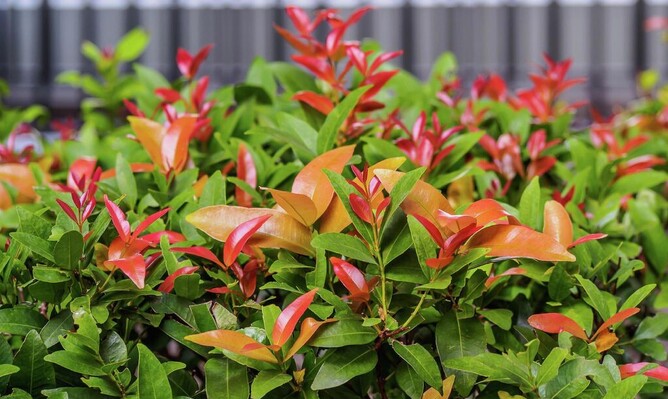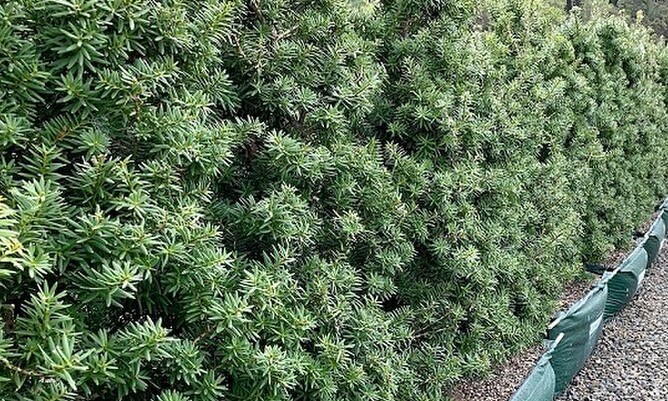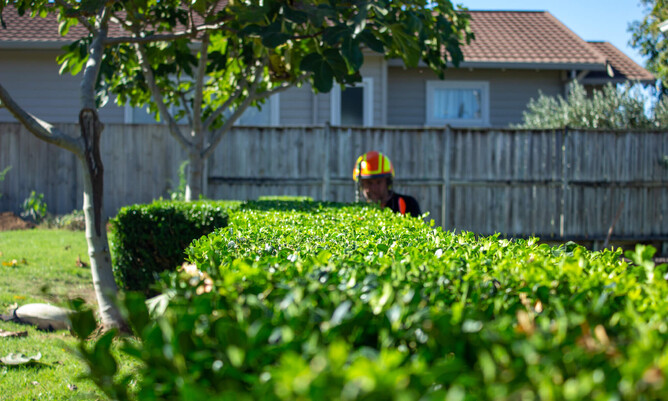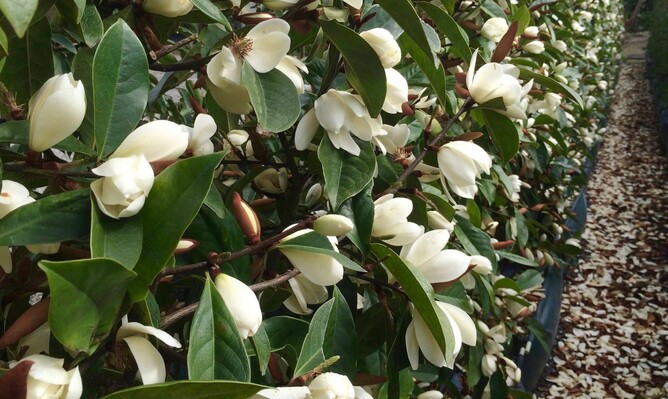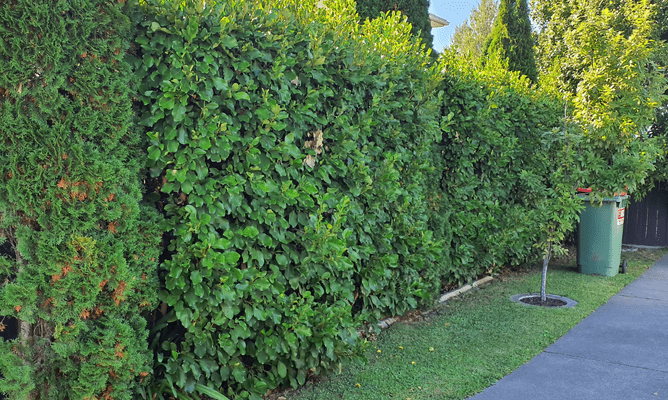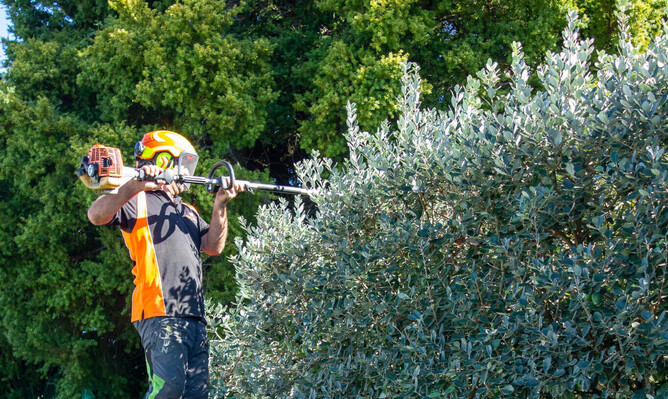Hedges are a great addition to your garden. We have an abundance of hedges to choose from in New Zealand, with many characteristics and features to suit your needs.
The first question you should ask yourself is, what’s the purpose of the hedge?
Is it a boundary hedge? Do you need more privacy or security? Do you want to block to view your neighbour’s house?
With the rising materials costs, planting a hedge can be a good alternative if you're considering building a fence. Although, a natural barrier does involve more maintenance work over the years.
If you are considering planting a hedge but are unsure which tree to choose, we have listed our top six hedges to plant to create a beautiful living screen in your garden.
Eugenia Ventenatii (Lilly Pilly)
One of New Zealand’s favourite fast-growing evergreen trees is characterised by its thick foliage with glossy green leaves.
It is ideal to use as a hedge, screen or noise barrier in the garden. In addition, it’s a tremendous eye-catching ornamental plant and attracts many birds.
If you are interested in planting this hedge, we recommend planting in autumn, so the roots have enough time to spread before warmer months start.
Lilly Pilly can be affected by psyllid insects that cause blistering on new leaves. Therefore, we recommend spraying with an insecticide to prevent issues with the new leaves.
As the hedge grows, it’s vital to prune once a year.
Pittosporum Tenuifolium
Pittosporums are versatile and fast-growing.
They are great to use as a hedge, screen, windbreak or even topiaries.
If you are planting them as a hedge, space the pittosporum about 1m apart. But, for a quicker hedge, plant them closer together.
They are an excellent disease-resistant tree but can be troubled by scale insects.
When trimming the hedge, it’s essential to do it carefully. If heavily pruned, it will put too much stress on the tree and, therefore, can die.
We also recommend not letting the hedge grow too broad, as you will lose control of the hedge’s form and won’t be capable of pruning it as much as you want.
Totara
Totara can be a fast-growing hedge, reaching 50-80cm in two years.
It’s an excellent option for a hedge to grow for privacy and security. The prickly and spiky leaves are great for keeping out unwanted animals or people on your property.
They are easy to maintain but trimming them about twice a year will give you the best results.
Buxus (Common Box)
This popular evergreen plant is ideal for low and formal hedges. It’s a slow-growing and low-maintenance hedge plant.
The height can vary from 20cm to 1.5m tall, and it thrives in full sun.
Unfortunately, Buxus is susceptible to a few problems. First, it’s prone to Buxus blight, a disease of box-hedging plants. It causes dieback and browning off of leaves and shoots. Regular spraying with cooper around the wet season, after it rains, will prevent the disease from growing and spreading.
Discover our article on common garden diseases in New Zealand for more information about this disease.
Magnolia
Magnolias are amazing trees to plant in your garden. They are a stunning feature and release a natural and sweet fragrance when flowering. In addition, they are easy to care for and are primarily disease-resistant.
You can choose between deciduous or evergreen magnolias—the deciduous magnolias flower from July to September, and the evergreen magnolias flower from summer to autumn.
To avoid damage from the wind, plant magnolias in a sheltered position. It’s best to plant in the sun to reach their full potential.
Griselinia
Griselinia hedge is very popular and fast-growing for privacy. They are versatile and make an excellent hedging plant with their bright lime/green apple leaves.
It can grow in many places and cope with wind, salt spray and light frosts.
Like many other plants, Griselinia can be prone to a few problems.
Griselinia root rot caused by Phytophthora is a common problem in the Waikato. To prevent the spread or formation of root rot, you need to increase soil drainage, improve the soil’s health and add mulch. For more information about this disease, please read our blog article on common garden disease in New Zealand.
We recommend avoiding heavy pruning in autumn, as the new growth will be more susceptible to frost damage.
Whether you need more privacy or want to create a statement in your home, there is an option of hedge for you.
A hedge is permanent and has high-impact features. They will require more work maintenance and regular trimming. If you’re not keen to keep up with all the care, we are happy to help and keep your garden looking healthy and beautiful.
